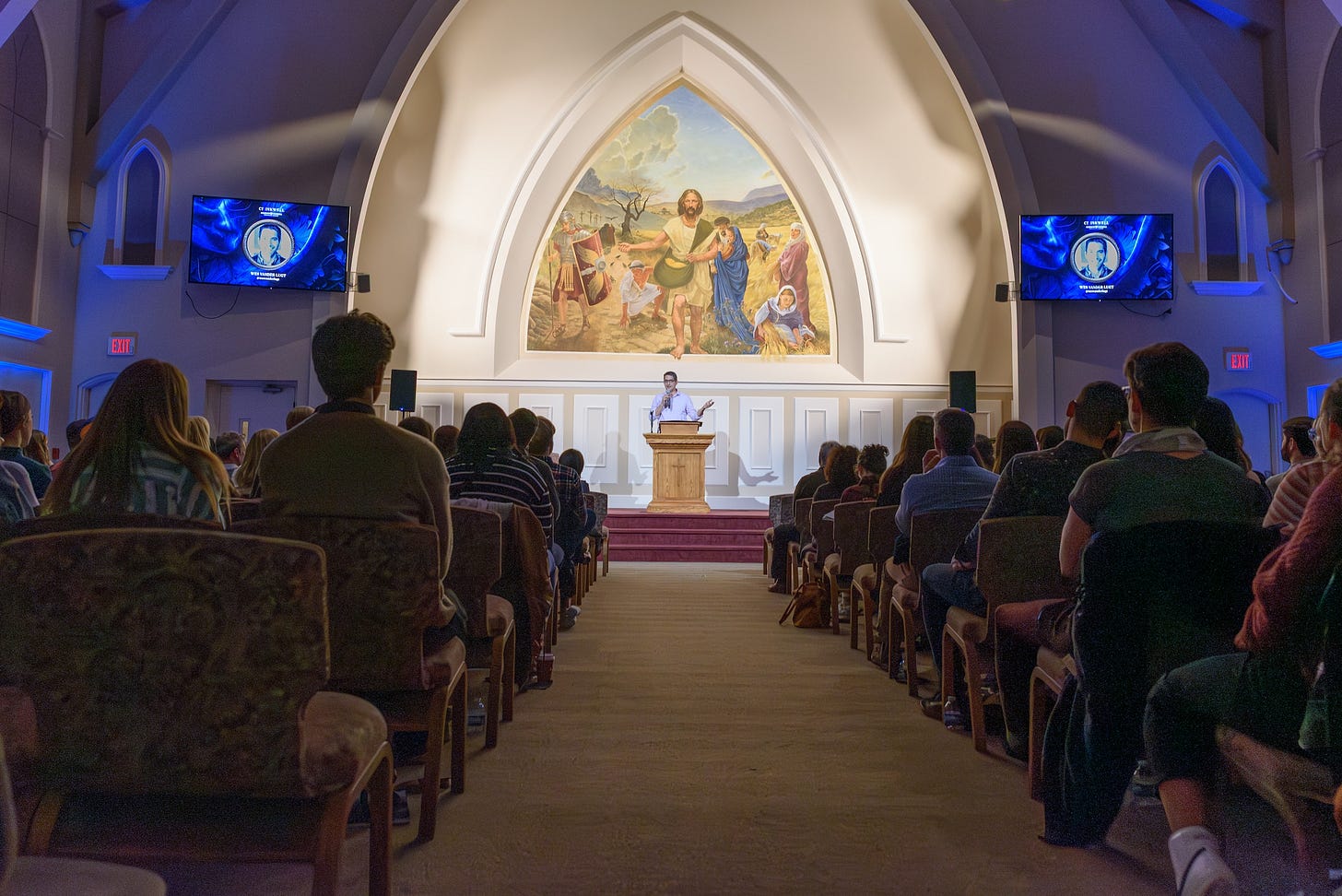As a part of my role directing the Leighton Ford Initiative in Theology, the Arts, and Gospel Witness at Gordon-Conwell Theological Seminary, I am tasked with shepherding a vision for integrating the story of God, the gift of the arts, and their educational and missional impact. In this and following posts, I’ll be sharing that vision in four parts—formation, deformation, transformation, and re-formation—and I would love to get any reactions, ideas, encouragement, and challenge that you are led to share.
For the first part, I’ll also share the preamble that situates this vision within the educational mission of Gordon-Conwell and provides an overview of the biblical drama.
As an educational institution, we believe in the power of the arts for enhancing our mission “to advance Christ’s Kingdom in every sphere of life by equipping Church leaders to think theologically, engage globally, and live biblically.” The arts of all kinds—music, visual art, literature, dance, film, theatre, architecture, and more—are a gift for deepening our engagement with God’s Word (Mission Statement, Article 1), enlivening teaching methods and environments (Article 2), attuning our imaginations to the ministry of God (Article 3), forming the whole person toward Christlikeness (Article 4), preparing students for effective cultural engagement and presence (Article 5), and strengthening our vision of God’s redemptive work in the past, present, and future (Article 6).
Our vision for theology, the arts, and gospel witness is informed by the whole biblical drama spanning from creation to new creation and revolving around the transformative work of God in Christ by the Spirit. As such, our vision for the role of the arts within our mission is guided by God’s formation of all things in perfect harmony (Genesis 1–2), the deformation of all things and failure to participate in God’s glory because of sin (Genesis 3; Romans 3:23), God’s gracious transformation of his people and reconciliation of all things in Christ by the Spirit (Colossians 1:20; Ephesians 1:7-10), and the re-formation of a new heavens and new earth when Jesus returns (Isaiah 65:17; 2 Peter 3:13). God’s mission is to make all things new (Revelation 21:5; 2 Corinthians 5:17), and the arts can bear witness to and participate in this mission by the grace of God.
Formation
God is the supreme Artist and Maker, creating humanity in his image to be makers and sub-creators. While all humanity participates in this creative vocation, some people have specific artistic gifts, and every form of creativity and artistry has the potential to reflect God’s glory. The arts in all their various genres and styles are a part of God’s abundant creation and a way of encountering and knowing God, as we see in the visual art of the Tabernacle, the architecture and music of the Temple, the poetry of the Psalms, the performance art of the prophets, the parables of Jesus, and the literary beauty of the Scriptures. In light of this creational perspective–
· We affirm the creative vocation of all humans and the specific calling to create art as a witness to the character and action of God.
· We affirm the potential of all artists, no matter their faith commitment, to glorify God through their artmaking by virtue of their image-bearing identity and God’s common grace.
· We affirm the value of engaging with the arts broadly conceived both within and outside of the Christian tradition.
· We affirm the inherent value of the arts and their ability to reveal the God who alone is worthy of worship.
· We affirm that the materiality and embodied nature of the arts is exceedingly good as an extension of God’s delight in the physical world he made.
· We affirm the goodness of the human body, established in creation and upheld in Jesus’ incarnation and resurrection, and therefore the place of the naked human figure within artistic tradition and practice when treated with honor and respect.





Love this!